The Nemo Link 140km electrical interconnector project is being developed by a joint venture between National Grid Interconnectors and Belgium’s Elia.
Murphy is working in partnership with Siemens, having partnered successfully to deliver substations across the UK for clients including National Grid, and will develop nine buildings at the eight hectare Nemo Link compound.
The new station will convert electricity to either AC or DC. AC is used in each country’s transmission systems, while DC is used for sending electricity along the subsea cable.
It is intended that the framework of the former turbine hall of the Richborough Power Station will be reused to form part of the converter station building. The maximum height will be 30m. Some smaller ancillary buildings will also be constructed to house essential equipment.
Vincent Bowler, operations director for power at Murphy, said: “This promises to be a hugely innovative project for the industry as a whole.
“We are appointing key personnel across our in-house power team, specialists in contracts of this nature, to ensure we deliver all the elements needed to make this international bi-directional project a success.”
Paul Tooth, head of interconnectors at Siemens, said: “We have selected Murphy as our partner for this prestigious project and look forward to working with them again, to build upon our previously successful collaborations in the UK energy market.”
Nemo Link’s high voltage direct current electrical interconnector will have a capacity of 1,000 megawatts, to transfer electrical power via subsea cables between the UK and Belgium.
The bi-directional power will flow in either direction at different times, depending on the supply and demand in each country.
The work by Murphy begins this month and is expected to be completed next year, when the interconnector is scheduled for commercial operation by 2018.





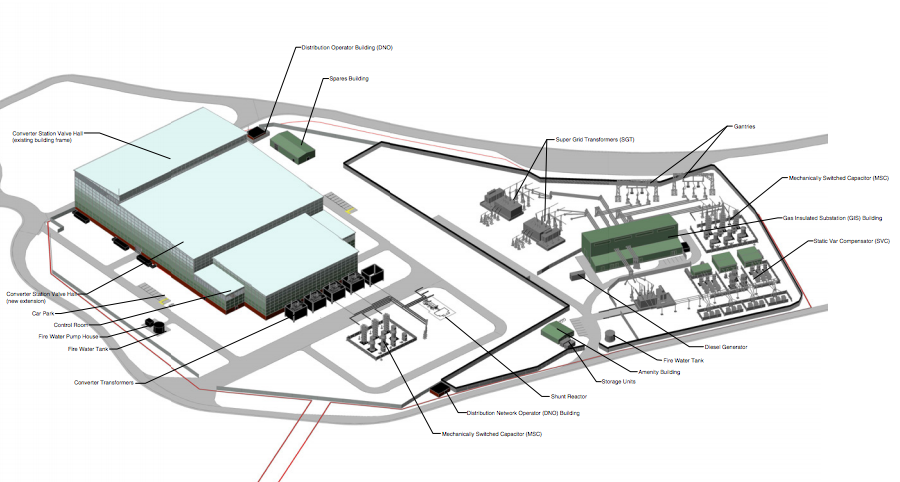





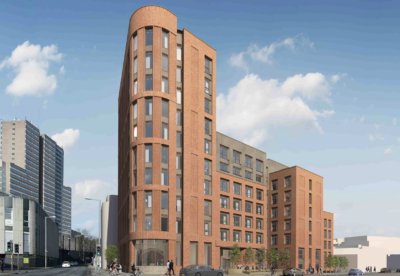
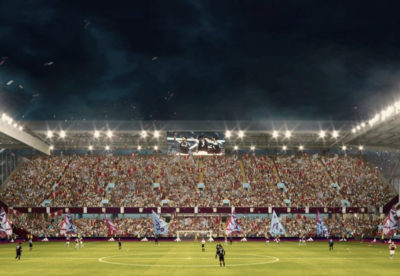
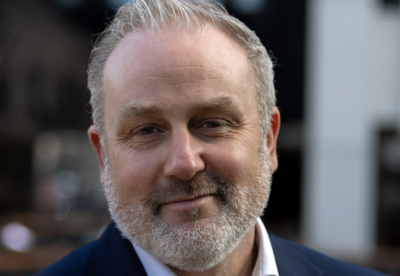



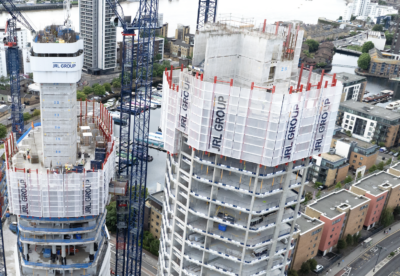

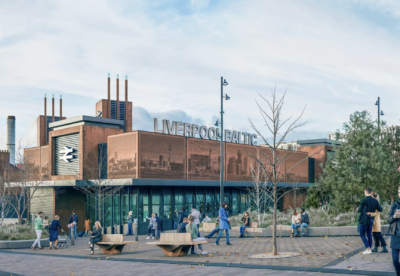
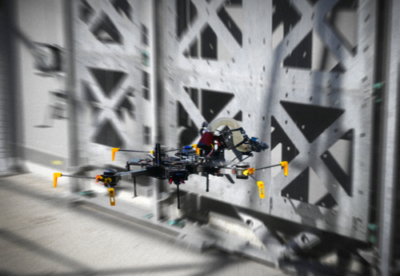



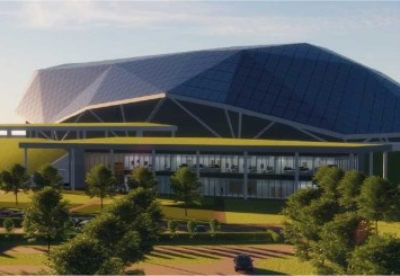


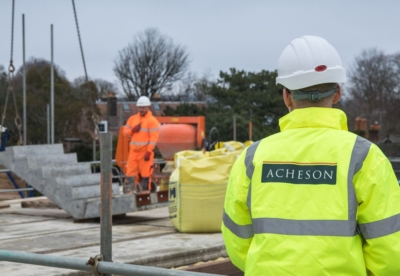
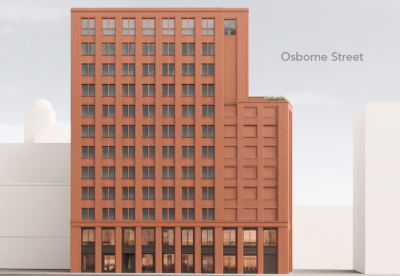

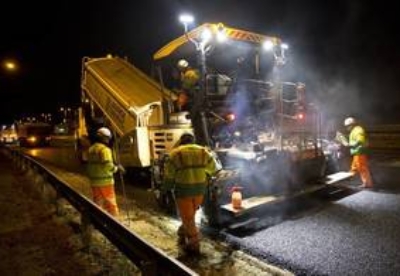


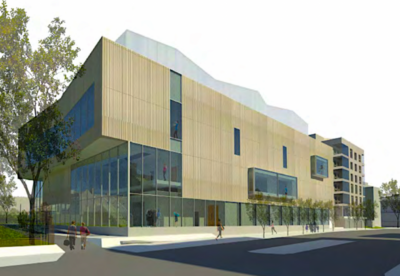
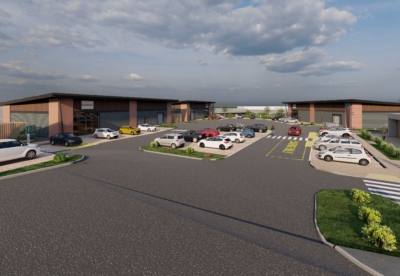

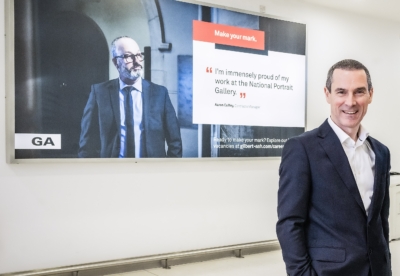
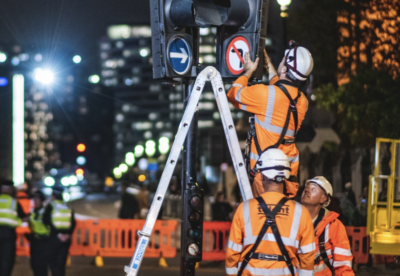




 (300 x 250 px).jpg)
.gif)










